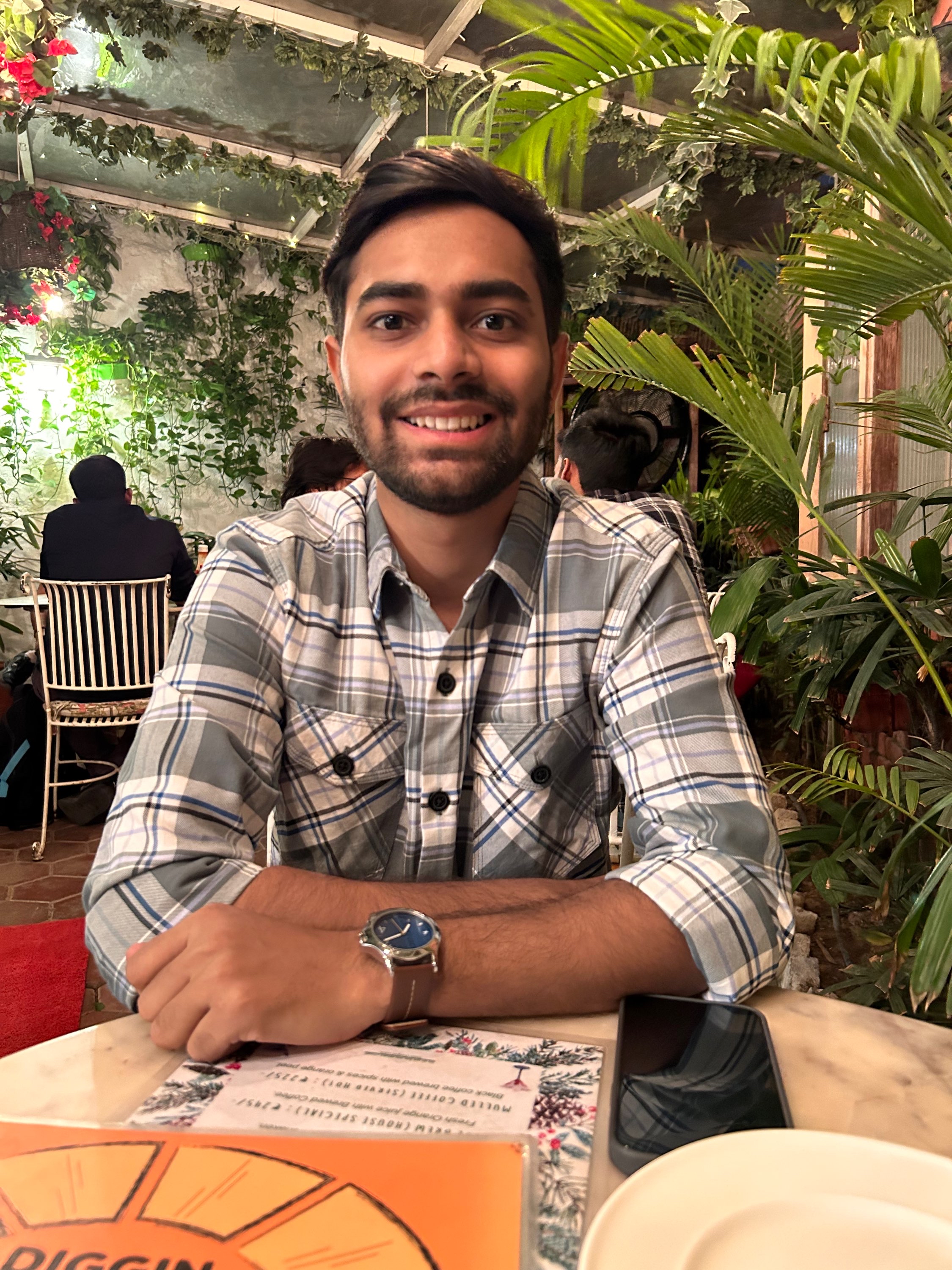03 November 2025 - Daily Current Affairs Updates
- Avijeet Kumar
- 28 minutes ago
- 4 min read
1. Sardar Vallabhbhai Patel – 150th Birth Anniversary
Subtopic: Modern Indian History & Nation-Building
Value Addition:
Born 31 October 1875, Gujarat; anniversary celebrated as Rashtriya Ekta Diwas (National Unity Day).
Known as “Iron Man of India.”
Pre-Independence contributions:
Kheda Satyagraha (1918) and Ahmedabad Mill Strike (1918) — early Gandhian leader.
Bardoli Satyagraha (1928) — earned the title “Sardar.”
Congress President (1931, Karachi Session) — adopted resolutions on fundamental rights & national economic policy.
Post-Independence contributions:
Political Integration of 562 Princely States — through diplomacy & force (e.g., Junagadh plebiscite, Operation Polo in Hyderabad).
Managed partition chaos and refugee resettlement as India’s first Home Minister & Deputy PM.
Established All India Services — the “Steel Frame of India.”
Subject Analysis:
Embodied administrative foresight + political firmness in post-independence governance.
Symbol of unity in diversity, reinforcing federal integrity.
Relevant for GS1 – Modern History / Freedom Struggle / Nation-Building after 1947.
2. Dogri Language
Subtopic: Language Heritage & Cultural Identity
Value Addition:
Family: Indo-Aryan branch of Indo-European languages.
Regions: Jammu (primary), Himachal, northern Punjab, scattered elsewhere.
Earliest Mention: Nuh Sipihr (1317 CE) by Amir Khusrow — refers to “Duggar.”
Evolution: From Old Indo-Aryan → Middle Indo-Aryan (Pali/Prakrit) → Modern (10th century CE).
Closely related to Shaurseni Prakrit.
Script: Initially Takri; now Devanagari.
Current Issue: Declining usage among urban youth despite 8th Schedule recognition (2003).
Subject Analysis:
Reflects linguistic diversity and endangered heritage in the Himalayan belt.
Case for preserving regional languages under NEP 2020.
Useful for GS1 – Indian Culture / Language & Literature.
3. 150 Years of Arya Samaj
Subtopic: Social & Religious Reform Movements
Value Addition:
Founded 1875, Bombay by Swami Dayanand Saraswati → “Back to the Vedas.”
Rejected idol worship, rituals, caste hierarchy, and untouchability.
Promoted education, rationalism, gender equality, widow remarriage.
Dayanand Anglo Vedic (DAV) Society (1886): Modern education + Vedic values.
Influenced freedom leaders: Lala Lajpat Rai, Bhagat Singh, Ram Prasad Bismil.
Relevance Today:
Equality & rationalism → Article 51A(h) (scientific temper).
Women’s empowerment → Beti Bachao Beti Padhao, Nari Shakti Vandan Bill.
Social reform resonates with Constitutional morality & fraternity.
Subject Analysis:
Arya Samaj bridged spiritual revivalism with social modernity.
A foundation for progressive Hindu reform & nationalist consciousness.
Relevant for GS1 – Social Reform Movements / 19th Century Reformers.
4. Lucknow – UNESCO “City of Gastronomy”
Subtopic: Cultural Heritage & Global Recognition
Value Addition:
Declared UNESCO Creative City of Gastronomy (2025) — second Indian city after Hyderabad.
Recognized for Awadhi cuisine, Mughal culinary legacy, and cultural preservation.
Other Indian UCCN cities: Jaipur (Crafts), Gwalior (Music), Chennai (Music).
UNESCO Creative Cities Network (UCCN): Founded 2004; promotes creativity-led sustainable urban development.
Focus areas: Gastronomy, Film, Design, Literature, Music, Crafts, Media Arts.
Subject Analysis:
Enhances India’s soft power through culinary diplomacy.
Strengthens tourism-led urban economy & cultural branding.
Relevant for GS1 – Culture / Heritage & UNESCO Sites.
UPSC GS – 2
5. India–US 10-Year Defence Framework Agreement
Subtopic: Bilateral Relations & Strategic Cooperation
Value Addition:
Signed at 12th ASEAN Defence Ministers’ Meeting-Plus, Kuala Lumpur (2025).
Builds on prior frameworks: 2005, 2015 agreements.
Foundational Pacts:
LEMOA (2016): Base access & logistics.
COMCASA (2018): Secure communication.
BECA (2020): Geospatial data sharing.
SOSA (2024): Defence supply chain security.
Focus Areas:
Joint production & co-development (Make in India – Make for the World).
Enhanced intel-sharing (cyber & maritime).
Expanded military exercises (Malabar, Yudh Abhyas).
Indo-Pacific regional stability.
Subject Analysis:
Reinforces India–US strategic alignment & defence self-reliance.
Central to Indo-Pacific security architecture & Quad framework.
Relevant for GS2 – IR / Bilateral Relations / Security Cooperation.
UPSC GS – 3
6. White Iberian Lynx
Subtopic: Biodiversity & Conservation
Value Addition:
Rare white morph of Lynx pardinus spotted in Spain — first ever.
IUCN Status: Vulnerable; Green Status – Largely Depleted.
Habitat: Mediterranean scrublands with rabbit populations.
CITES Appendix I: Highest trade protection.
Behaviour: Crepuscular; nocturnal; dependent on prey availability.
Subject Analysis:
Highlights success and fragility of species recovery programmes.
Can be linked with India’s cheetah reintroduction context.
Relevant for GS3 – Environment / Biodiversity / Conservation Status.
7. SJ-100 Aircraft (India–Russia Collaboration)
Subtopic: Technology Transfer & Civil Aviation
Value Addition:
MoU between HAL (India) and United Aircraft Corporation (Russia).
Modern short-haul jet (Sukhoi Superjet 100) – now SJ-100.
Capacity: 103 passengers; range: 3,530 km.
Features: Fuel-efficient, low operational cost, suited for extreme climates (-55°C to +45°C).
Over 200 units in service worldwide.
Subject Analysis:
Enhances India’s aerospace manufacturing ecosystem under Atmanirbhar Bharat.
Symbol of Indo-Russian industrial collaboration beyond defence.
Relevant for GS3 – Economy / Technology / Manufacturing Sector.
8. Hemiphyllodactylus Venkatadri (New Gecko Species)
Subtopic: Endemic Fauna & Biodiversity Discovery
Value Addition:
Newly discovered slender gecko from Seshachalam Biosphere Reserve, Andhra Pradesh.
Named after Venkatadri Hills (Tirumala Range).
Second such species from Andhra (after H. arakuensis).
Seshachalam Reserve (2010): Part of Eastern Ghats; highest peak – Tellaralla Penta.
Subject Analysis:
Showcases India’s rich endemic reptile diversity.
Strengthens Eastern Ghats’ ecological importance in conservation policy.
Relevant for GS3 – Environment / Biodiversity / Protected Areas.
9. Atlas Moth (Attacus atlas)
Subtopic: Entomology & Ecosystem Diversity
Value Addition:
Found in Karwar (Karnataka); among the largest moths globally.
Wingspan: ~25 cm (10 inches); vivid colours & glass-like “windows.”
Distribution: SE Asia, India, Nepal, Bhutan, China, Taiwan.
Lifespan: ~14–18 days; adults lack mouthparts.
Silk produced (fagara silk) – coarse and durable.
Subject Analysis:
Indicator of forest ecosystem health & insect diversity.
Adds to India’s Lepidoptera biodiversity records.
Relevant for GS3 – Environment / Zoology / Conservation

Comments